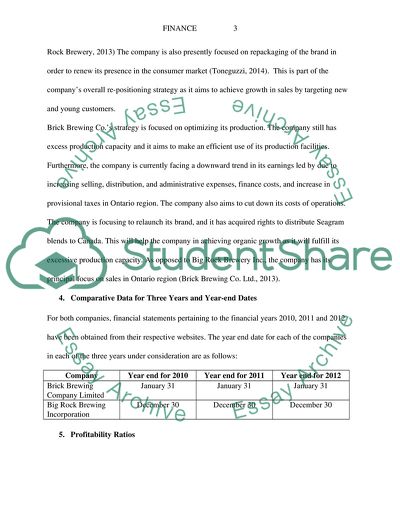Cite this document
(Analyzing the Financial Statements of tow companies Assignment, n.d.)
Analyzing the Financial Statements of tow companies Assignment. https://studentshare.org/finance-accounting/1815586-analyzing-the-financial-statements-of-tow-companies
Analyzing the Financial Statements of tow companies Assignment. https://studentshare.org/finance-accounting/1815586-analyzing-the-financial-statements-of-tow-companies
(Analyzing the Financial Statements of Tow Companies Assignment)
Analyzing the Financial Statements of Tow Companies Assignment. https://studentshare.org/finance-accounting/1815586-analyzing-the-financial-statements-of-tow-companies.
Analyzing the Financial Statements of Tow Companies Assignment. https://studentshare.org/finance-accounting/1815586-analyzing-the-financial-statements-of-tow-companies.
“Analyzing the Financial Statements of Tow Companies Assignment”. https://studentshare.org/finance-accounting/1815586-analyzing-the-financial-statements-of-tow-companies.


